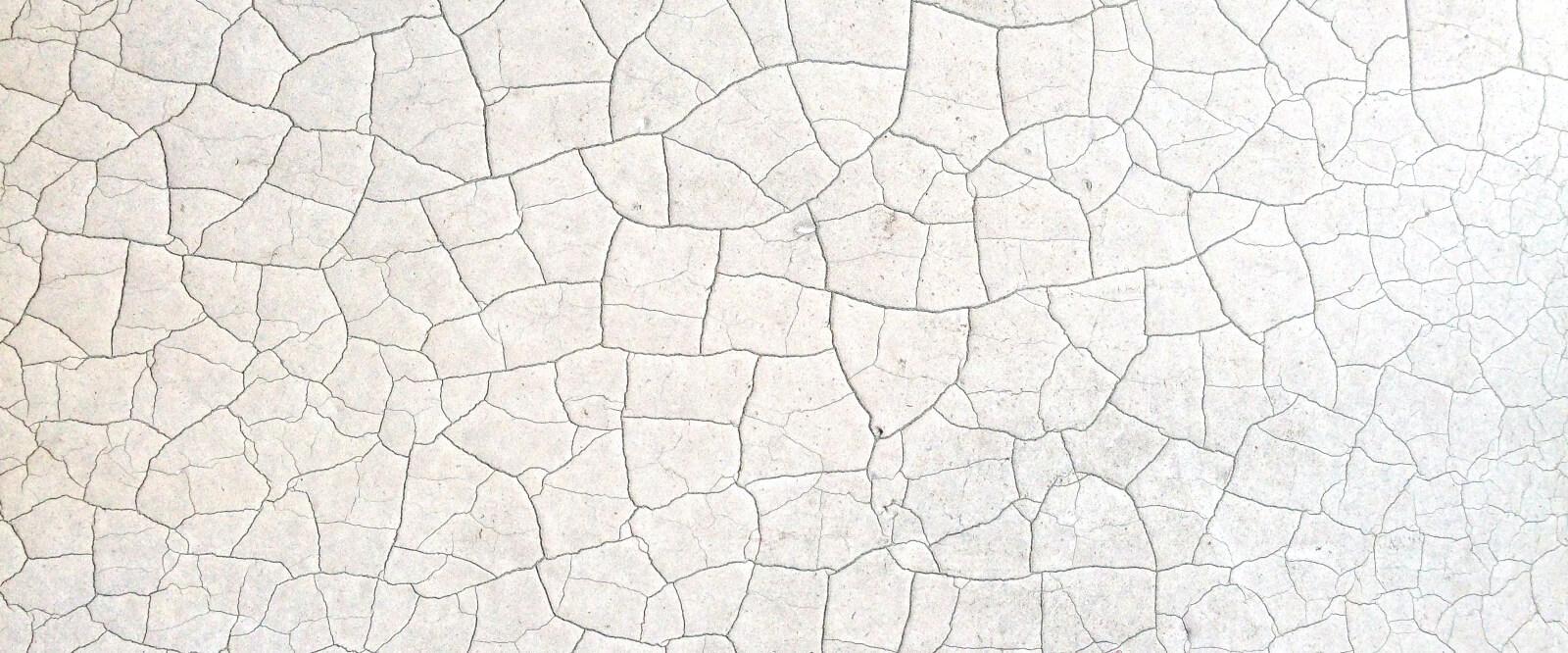Wondering how to seal a porous tile? You’re in the right place – here’s a definitive guide to crackle glaze tiles. Adored for their ‘crazy’ aesthetic, this dream-worthy style is a quick way to add instant charm to a room. The thing, however, with crackle glaze tiles is that they are porous, but if they are cared for correctly then they are well worth it. In this guide, we’ve tried to cover every potential question there is in terms of crackle glaze tiles, but if you think of anything else, please just ask our team!
What exactly are crackle glaze tiles?
If you’ve ever lived in a period home, you may be familiar with crackle glaze tiles; characterised by their highly desirable crackled or crazed feature. This is down to very fine hairline cracks running through the top layer which are created by a process that is known as crazing. Despite these tiles usually having a gloss finish, they’re also slightly textured thanks to the way this new ‘crazed’ surface catches the light. The result is a thing of remarkable beauty, but how are they made? Let’s take a quick look at the process.
How are crackle glaze tiles made?
Traditional handmade tiles naturally develop a delightful patina as the cracks advance across the surface over a period of time. Thankfully, with modern wall tiles, there’s no need to wait as a firing process can achieve the desired effect much quicker. Once this process is done, the tiles will continue to crackle and can do so for up to a week after leaving the kiln. In the industry, this is known as ‘crackle and pop’ or ‘singing tiles’ as the surface continues to settle into its new crazed look.
Why are they a popular choice?
Whether you’re a fan of vintage or modern home decor, crackle glaze tiles can offer personality with their delicate texture. Whatsmore, the effect of crackle glaze tiles actually softens colour, so you can afford to be a little more creative than if you’d selected something more simple and clean.
Where can crackle glaze tiles be used?
Practically speaking, crackle glaze tiles are generally more suitable for wall tiles than they are on floors. The reason for this is that they typically tend to be smaller than the ones needed for flooring, as well as being glossy which potentially makes for an extremely slippery surface. Due to the tiny cracks in the surface, sealing is also essential, and it’s for this reason some homeowners fear using these tiles in a wet environment like a kitchen or bathroom. Providing these tiles are set into a flat, even bed of adhesive without any voids on the reverse, followed by a sufficient seal with a stainproof sealer and tile grout sealer, then there shouldn’t be any significant water absorption issues.
Does this kind of tile need a stainproof sealer?
Due to the way they are made, crackle glaze tiles have a tendency to absorb dirt through their microscopic gaps. This also makes them acid-sensitive too and prone to staining, therefore, a stainproof sealer is necessary after post-installation cleaning with a pH-neutral cleaner. In doing so, you will protect the tile surface, creating an impenetrable barrier that will prevent moisture, grout, dirt, and dust from ruining the overall look. The bottom line, if you wish to enjoy crackle glaze tiles, they require high-performing protection – here’s how to seal a porous tile…
How to seal a porous tile
After fixing the tiles, once they are dry, it is recommended to seal the surface before grouting. This will prevent grout from entering the small cracks, which can be almost impossible to remove and jeopardise the protective layer you are applying. Ideal for all crackle glaze tiles, MP90 ECO XTREME is a stainproof sealer that protects porous tiles from moisture, grout, and dirt penetration without changing the look of the surface. This should be applied on a clean and dry surface with a fleece applicator or pad and before the product dries (roughly 10-15 minutes), rub it using a microfibre cloth that has been dipped in the sealer to favour its penetration. Next, dry the surface with a clean, dry cloth – the surface will be touchable after just 2 hours! After 24 hours, you will be able to grout your new tiles, but be sure to remove as much fresh grout from them as possible. If any residues remain on the surface when the grout has dried out, these can be cleaned with a neutral detergent. In order to be completely sure that your tiles remain perfect for many years, apply a second coat of MP90 ECO XTREME on the grout and also the tiles.
Aftercare – remember to use a pH-neutral cleaner
To keep crackle glaze tiles in great condition, we’d recommend regularly cleaning your tiles with a pH-neutral cleaner. Remember, these are acid-sensitive tiles that tend to easily stain, so you should avoid any anti-limescale products that may dull the surface. The best cleaner for the maintenance of crackle-effect tiles is FILA’s CLEANER PRO, a gentle detergent that can be used on even the most delicate surfaces. This pH-neutral cleaner will also thoroughly clean without compromising the protection offered by the stainproof sealer.
For more advice about using a stainproof sealer on crackle glaze tiles, please contact our technical team for further assistance. Thank you for reading.

